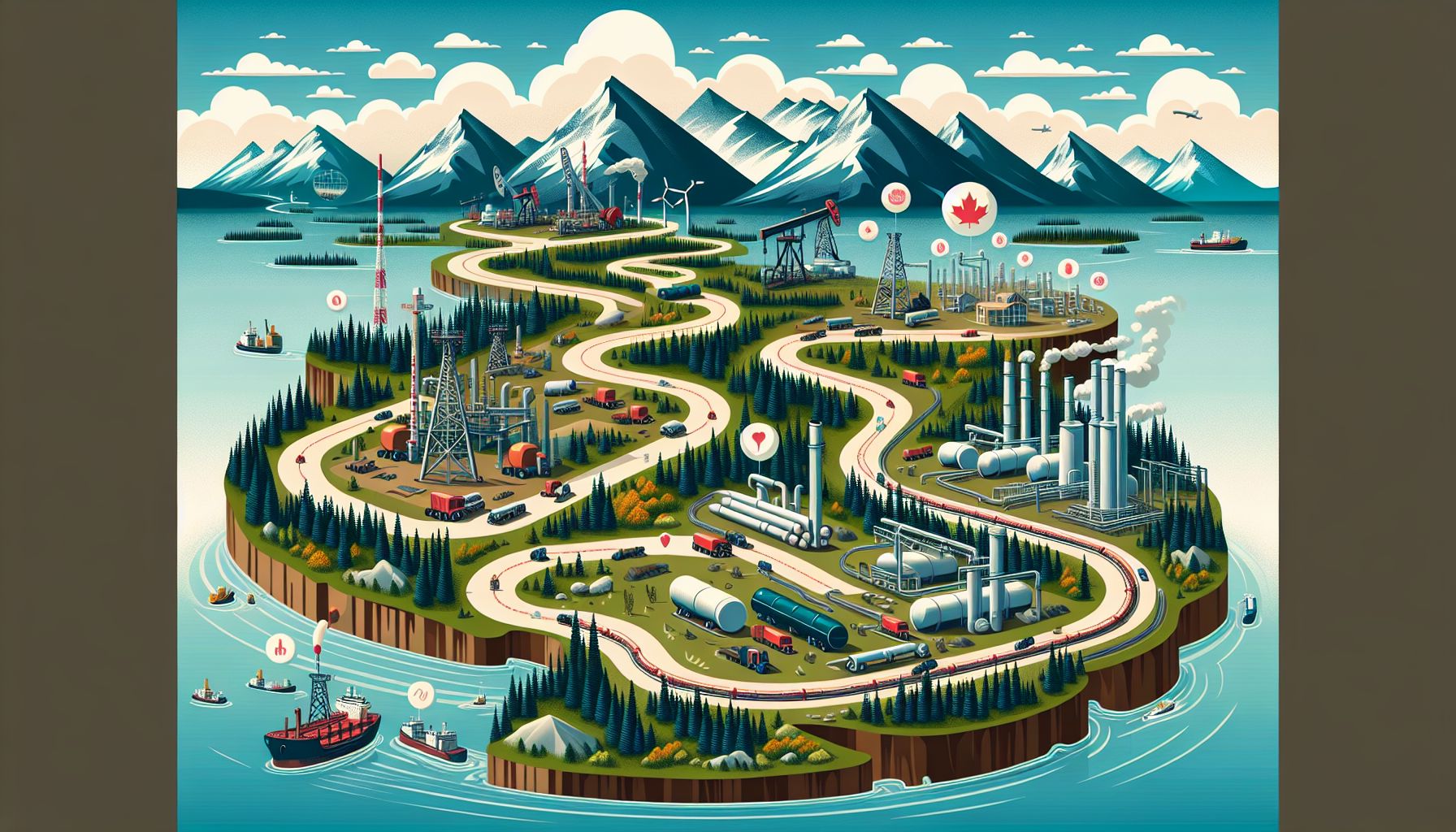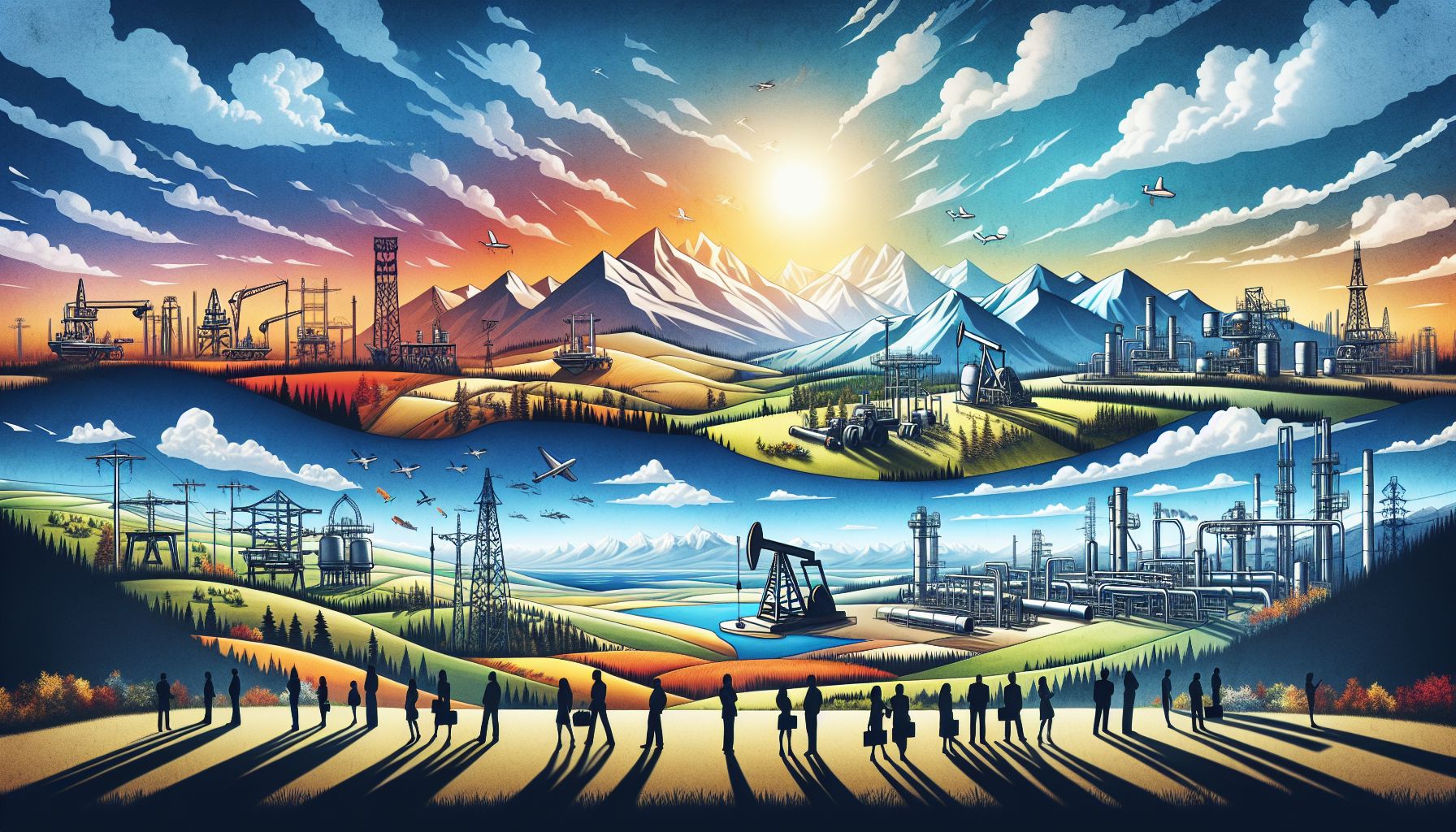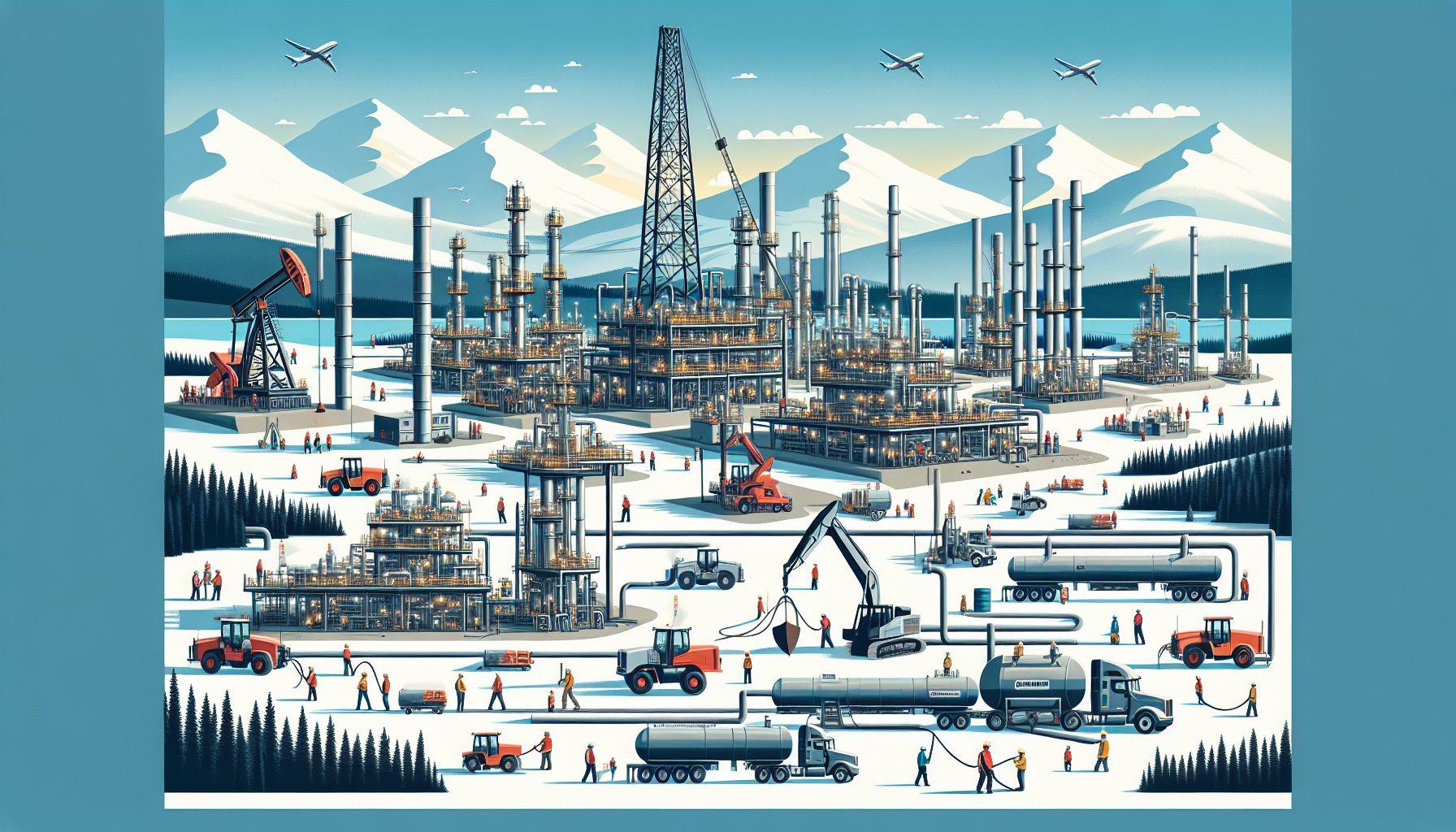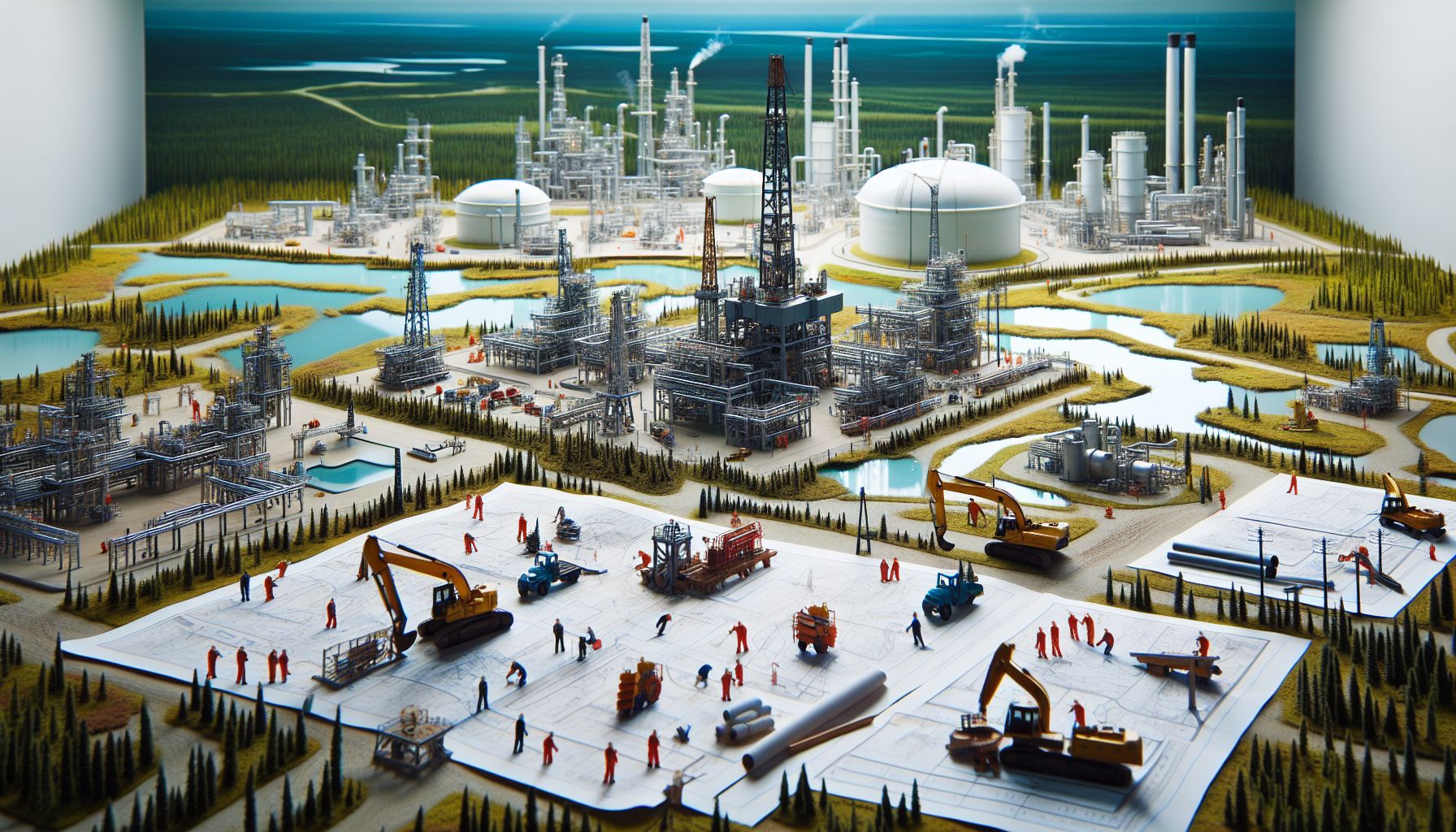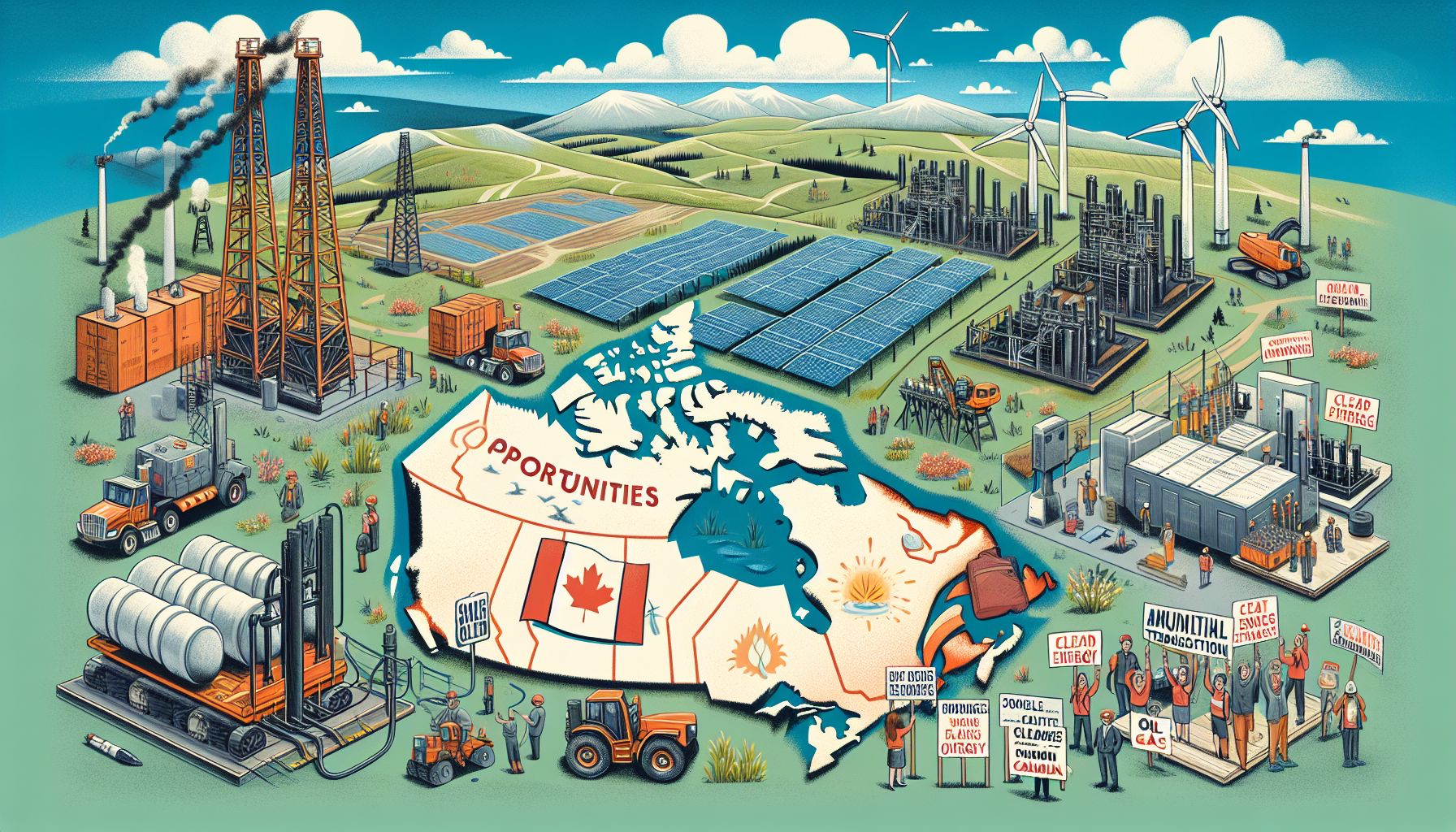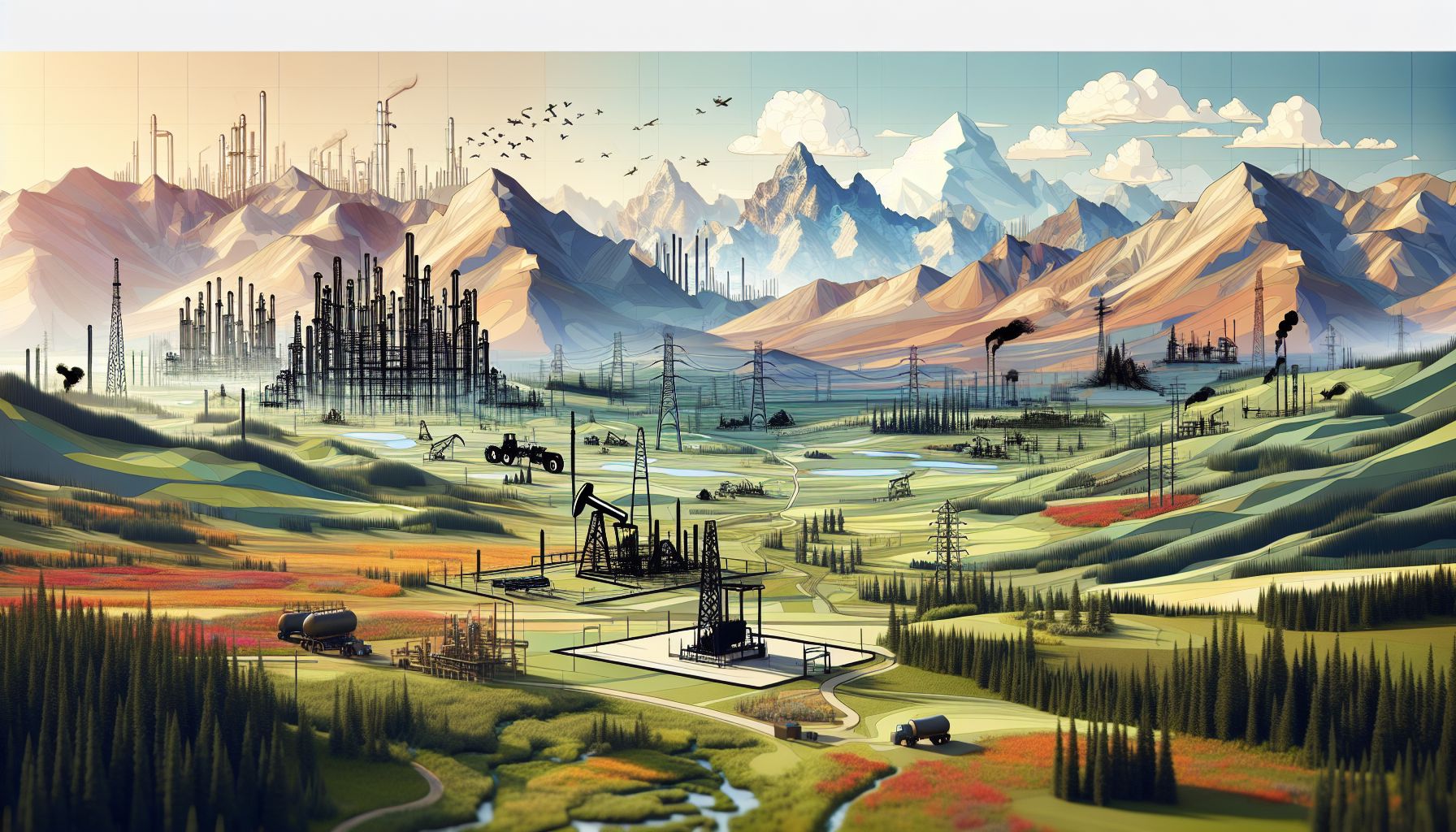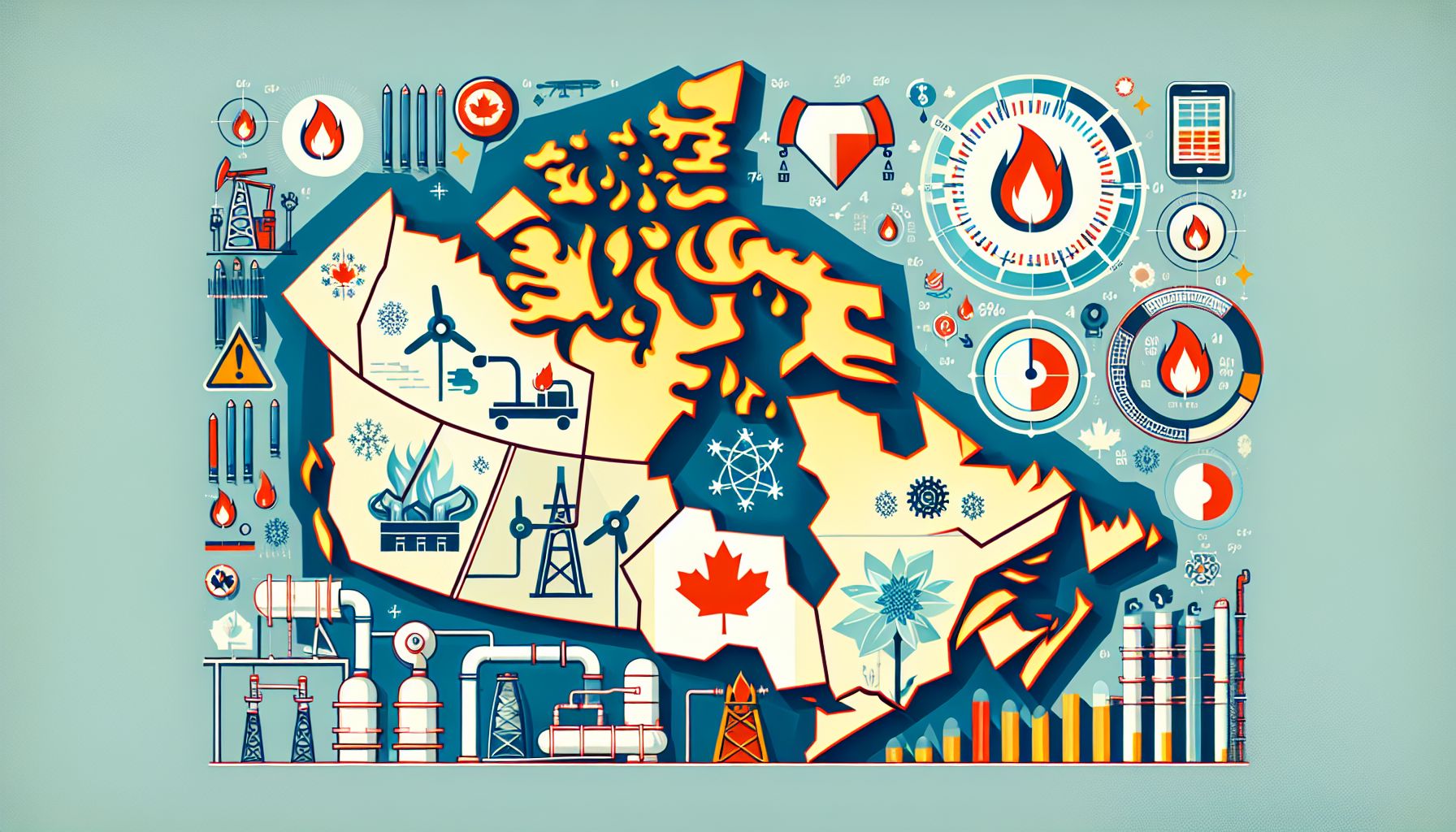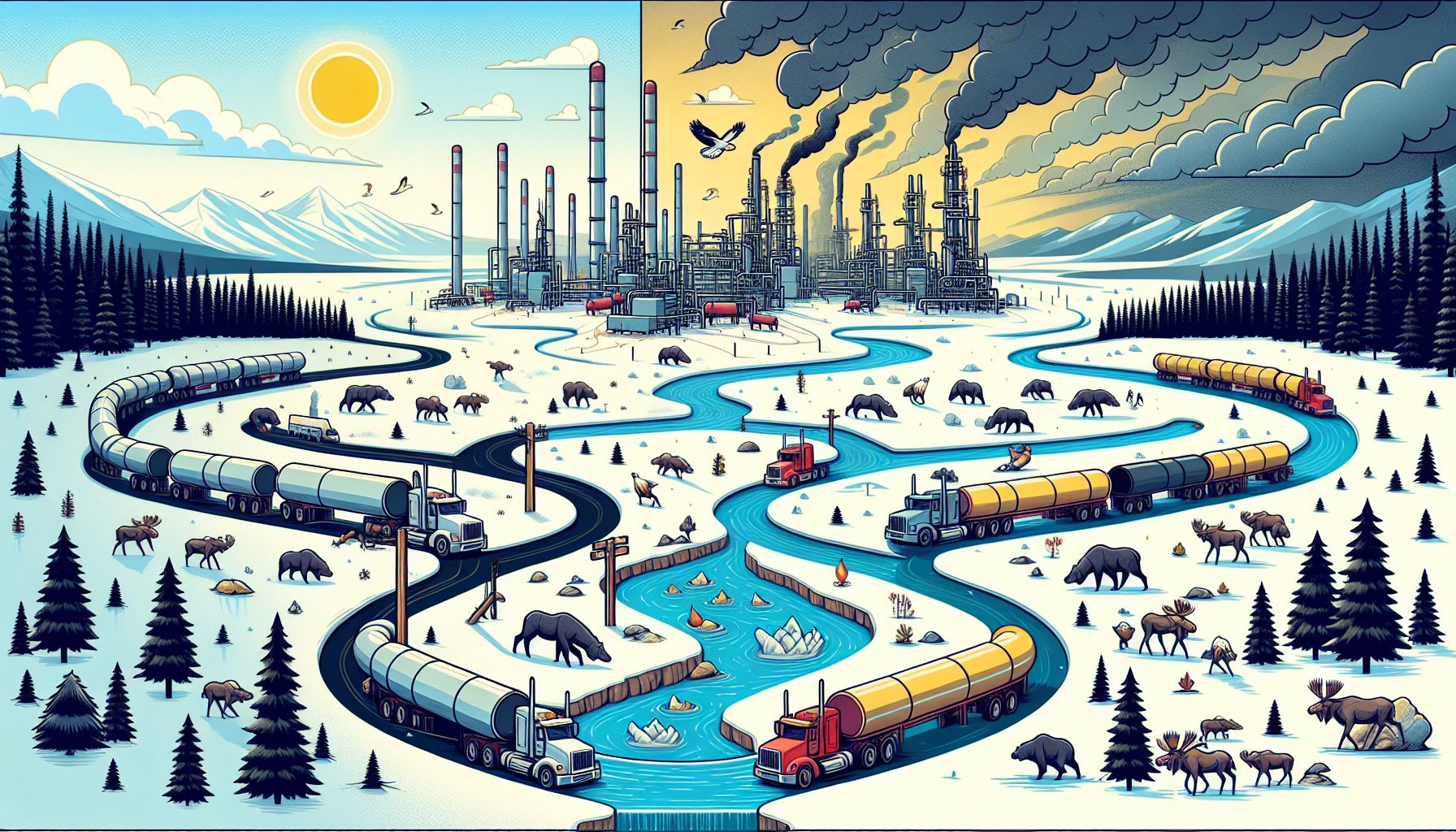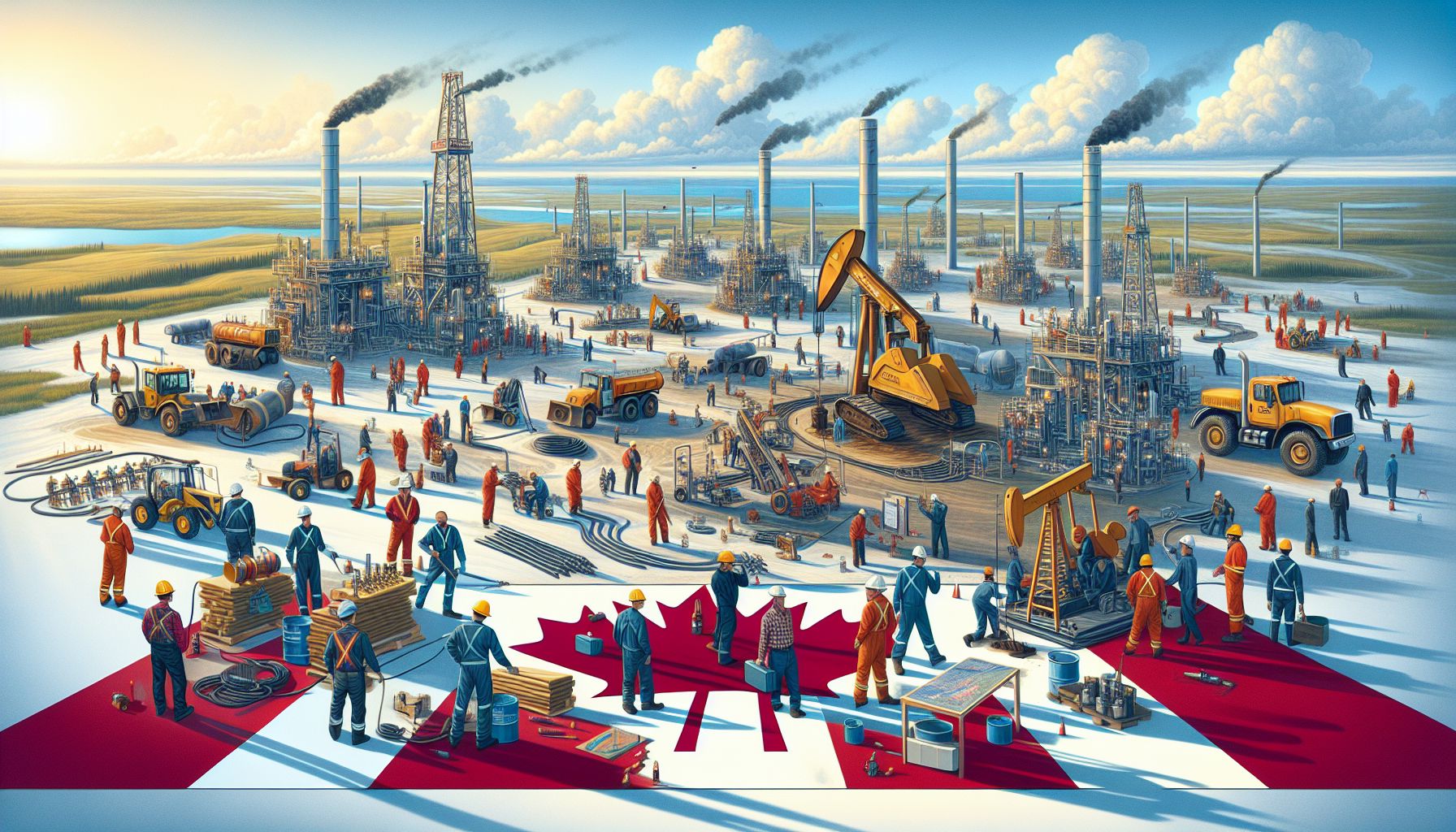Canada’s oil and gas industry has always been shrouded in mystery and complexity, with its vast resources and intricate network of players. From the extraction of oil sands in Alberta to the offshore drilling in the Atlantic, the industry’s journey has been both mesmerizing and enigmatic.
The history of Canada’s oil and gas industry dates back to the 19th century when the first oil well was drilled in Ontario. Since then, the industry has grown exponentially, becoming one of the largest contributors to the country’s economy. With companies like Suncor, Canadian Natural Resources, and Cenovus Energy leading the way, Canada has established itself as a global player in the oil and gas sector.
Despite its success, the industry has faced its fair share of challenges. Environmental concerns, regulatory issues, and fluctuating oil prices have all played a role in shaping the industry’s landscape. The debate around pipelines, such as the controversial Keystone XL and Trans Mountain projects, has further added to the complexity of the industry.
However, amidst all the challenges and controversies, Canada’s oil and gas industry continues to thrive. With advancements in technology, such as hydraulic fracturing and horizontal drilling, the industry has been able to access previously inaccessible resources. This has opened up new opportunities for growth and development, ensuring that Canada remains a key player in the global energy market.
The future of Canada’s oil and gas industry is uncertain, with the shift towards renewable energy and the increasing pressure to reduce greenhouse gas emissions. However, the industry has proven time and time again its resilience and ability to adapt to changing circumstances. With a mix of innovation, collaboration, and forward-thinking policies, Canada’s oil and gas industry is well-positioned to navigate the challenges ahead.
In conclusion, Canada’s oil and gas industry is a complex and enigmatic sector that continues to play a crucial role in the country’s economy. With its rich resources, technological advancements, and strategic partnerships, the industry is poised for continued success in the years to come. While the road ahead may be uncertain, one thing is for sure – the journey of Canada’s oil and gas industry is one that is bound to captivate and intrigue us all.

